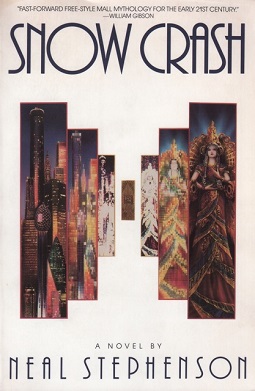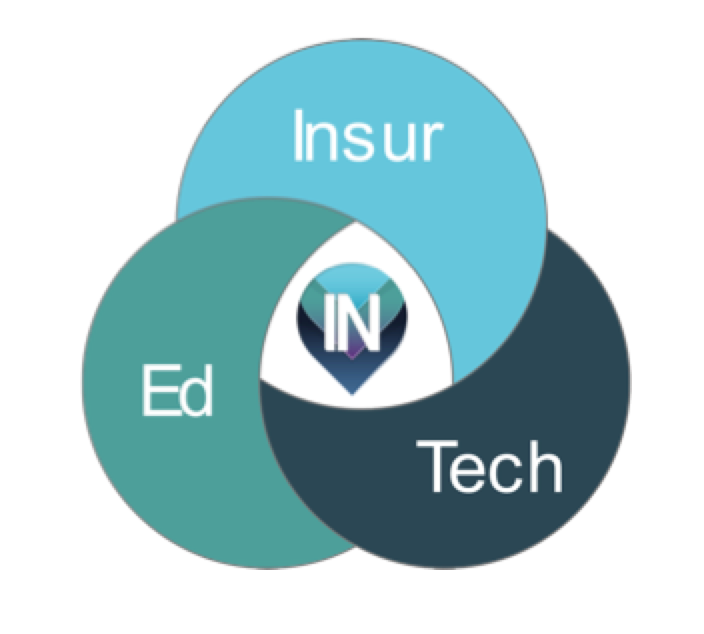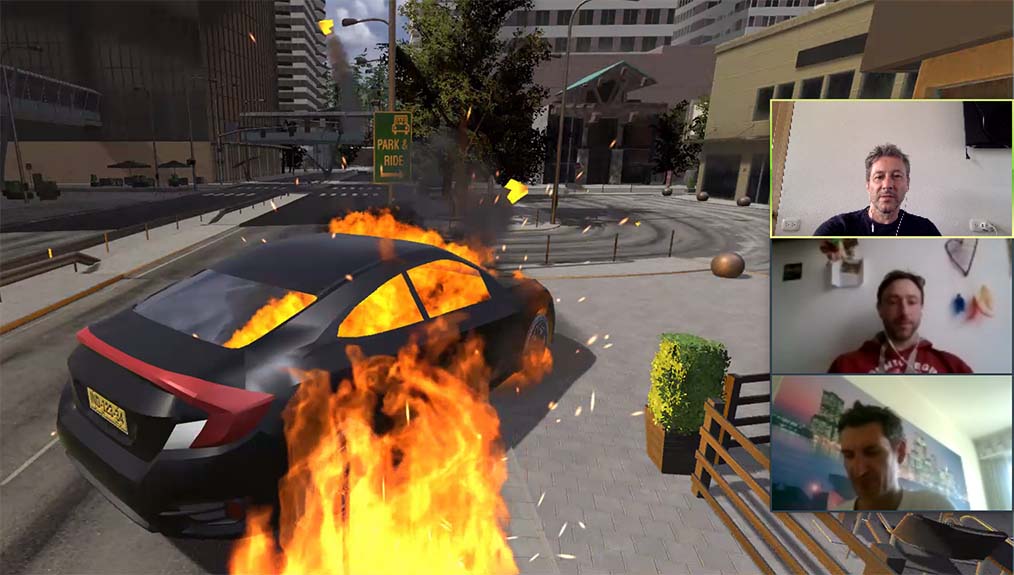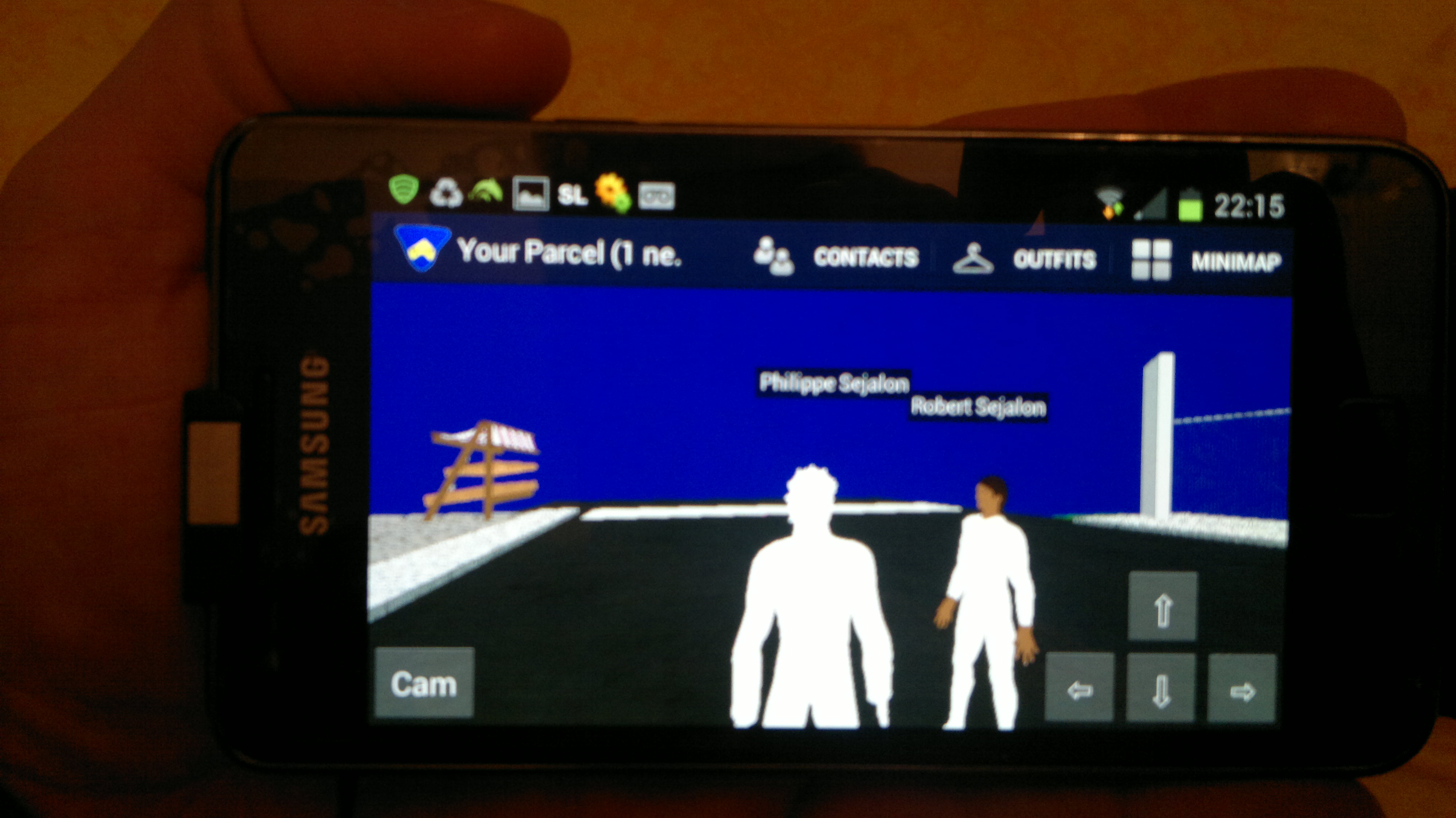How to engage learners thanks to « seamless learning »?
So, first, let’s check out a few definitions of what seamless learning can be. Here is what I found when I searched online:
1. A type of mobile learning that emphasizes the removal of seams (i.e., gaps) within and between contexts, locations, devices, systems, learning tasks, learning settings, etc. Learn more in: Culturally Responsive Pedagogy, Universal Design for Learning, Ubiquitous Learning, and Seamless Learning: How These Paradigms Inform the Intentional Design of Learner-Centered Online Learning Environments
2. The seamless integration of the learning experiences across various dimensions including formal and informal learning contexts, individual and social learning, and physical world and cyberspace. Learn more in: Mobile Technology-Enhanced Learning
3. A new approach of implementation of learning which provides seamless transition between different learning tasks. Learn more in: A Specified Ubiquitous Learning Design for Seamless Learning4. Continuity of learning across multiple contexts through networked personal computing devices. Learn more in: Exploring Future Seamless Learning Research Strands for Massive Open Online Courses
5. It is integration of the learning experiences across various dimensions including formal and informal learning contexts, individual and social learning, and physical world and cyberspace. Learn more in: Seamless Learning Design Criteria in the Context of Open and Distance Learning







